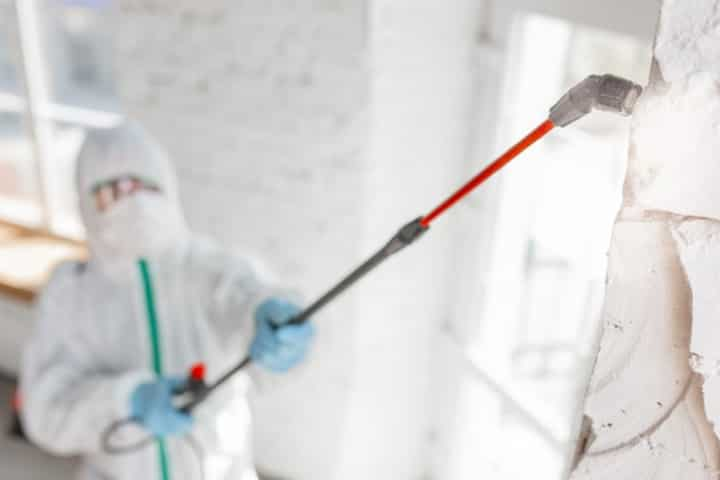
Understanding Mold Damage Repair Costs Restoration Options Available
Understanding the nuances of mold damage repair costs and the various restoration options available is crucial for homeowners and property managers. Mold growth can cause significant damage if left unchecked, impacting not only the structural integrity of a building but also the health of its occupants. Addressing mold issues promptly and effectively is essential to mitigate these risks. This article delves into the factors influencing mold damage repair costs and explores the restoration options available to help you make informed decisions.
Factors Influencing Mold Damage Repair Costs
The cost of repairing mold damage can vary widely depending on several factors. It's important to recognize these variables to better anticipate potential expenses:
- Extent of Mold Growth: The size of the mold infestation significantly affects the repair costs. Larger areas with extensive mold growth require more resources to remediate.
- Location of Mold: Mold in hard-to-reach places, such as behind walls or under floors, may require more invasive methods and thus increase costs.
- Type of Mold: Certain types of mold, such as black mold (Stachybotrys chartarum), are more hazardous and require specialized handling, impacting the overall cost.
- Damage to Structures: Mold can damage building materials, necessitating repairs or replacements, which add to the expense.
- Professional Services Required: Hiring professionals for mold inspection, testing, and remediation will incur additional costs but is often necessary for effective mold removal.
For a deeper understanding of what these factors entail, read more about this topic.
Restoration Options Available
Once mold has been identified and assessed, several restoration options are available. Each method varies in terms of approach, effectiveness, and cost:
DIY Mold Removal
For minor mold issues, some homeowners may consider tackling the problem themselves. This option can be cost-effective but carries risks if not done properly:
- Recommended for small, non-toxic mold growth.
- Requires protective gear and proper cleaning agents.
- May not address underlying issues or prevent recurrence.
Professional Mold Remediation
Engaging professional services is often necessary for larger infestations or toxic mold types:
- Professionals are equipped to handle mold safely and effectively.
- They can identify hidden mold sources and assess structural damage.
- Professional remediation often includes prevention strategies to avoid future mold growth.
Explore further insights here on professional mold remediation processes.
Mold Prevention Services
Prevention is a key aspect of mold management. Preventive measures can include:
- Improving ventilation and controlling humidity levels.
- Regular inspections and maintenance to identify potential problem areas.
- Installation of mold-resistant building materials.
Investing in prevention can save significant costs in the long run by reducing the likelihood of future mold issues. Learn more in this detailed guide about prevention techniques.
Additional Considerations
When addressing mold damage, it is also beneficial to consider the following:
- Insurance Coverage: Check if your homeowner's insurance covers mold damage and remediation costs.
- Health Implications: Be aware of the health risks associated with mold exposure, particularly for vulnerable individuals.
- Expert Reviews: Check out customer reviews here to find reputable mold remediation services.
Understanding the complexities of mold damage repair costs and the available restoration options can help in making informed decisions that protect both property and health. For more comprehensive information, find additional information here.